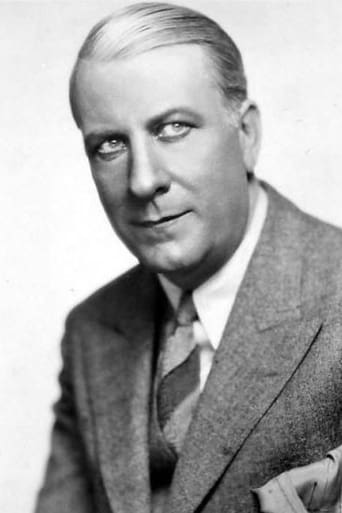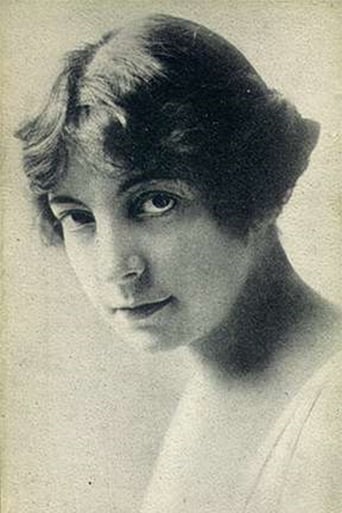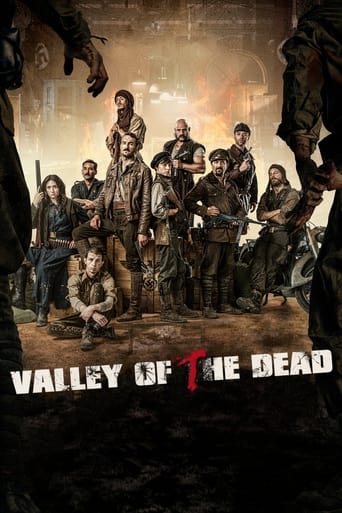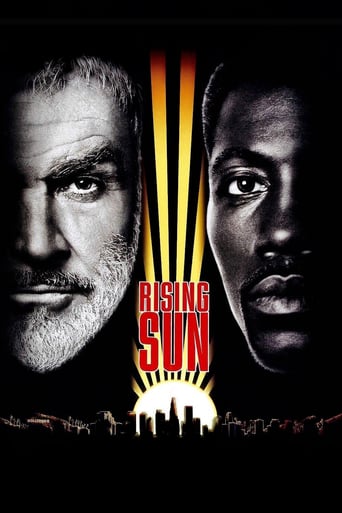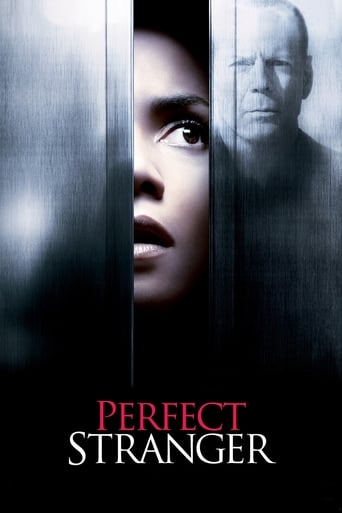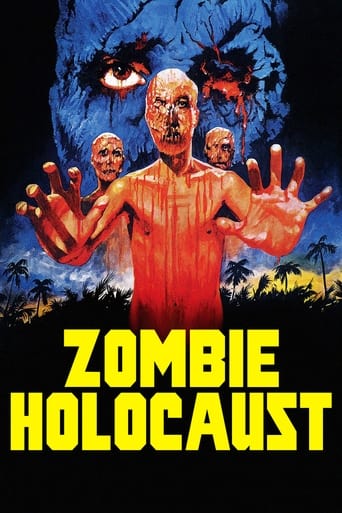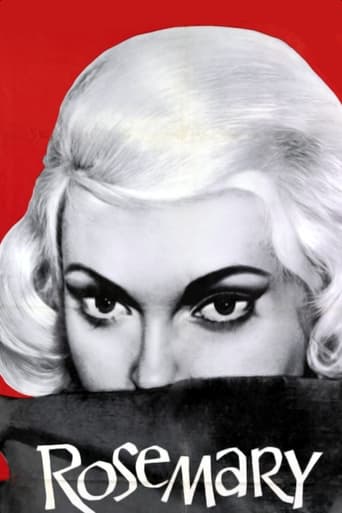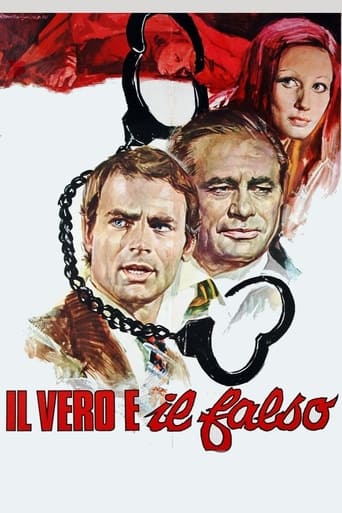

Dr. Jekyll and Mr. Hyde (1913)
Dr. Henry Jekyll experiments with scientific means of revealing the hidden, dark side of man and releases a murderer from within himself.
Watch Trailer
Cast
Similar titles
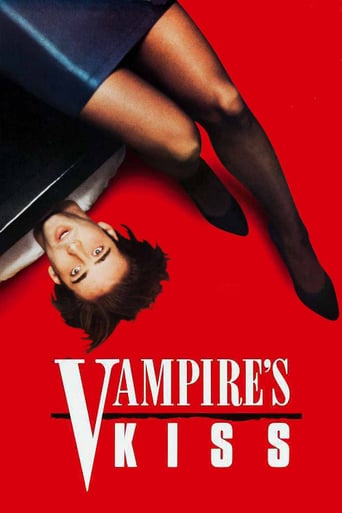
Reviews
So much average
I like movies that are aware of what they are selling... without [any] greater aspirations than to make people laugh and that's it.
Pretty good movie overall. First half was nothing special but it got better as it went along.
It is encouraging that the film ends so strongly.Otherwise, it wouldn't have been a particularly memorable film
This movie is the second of 3 versions of the classic story I'm seeing in chronological order. The first version was made in 1912, a year before this movie came out, but despite this slight difference in years this movie is highly improved, and is much more involved than the other one. The run-time is longer (26 min, very long for the day) it sticks to the original story much more than the other one (including the characters Utterson and Lanyon, which the 1912 version failed to do) and, while it has a new ending, this new addition is actually an improvement on the story.The film gets off to a slow start. We're introduced to Jekyll, his girlfriend and stuff and told how he cars for the poor. Then the action starts, where Jekyll drinks the antidote and turns into Mr. Hyde. As several other reviewers pointed out, the Hyde here is actually a bit lame. The 1912 version's Hyde had some good makeup and acting, but here there isn't much of that so Hyde pretty much crouches on his knees like an idiot. Then, he goes around scaring people and murdering and stuff until the finale occurs, which I'm not giving away, because it really comes off as surprising.Overall, it is interesting comparing both versions of the story, because they vary a lot. While the Hyde here is envisioned differently than you'd normally think, it makes his appearance new and interesting. Even with 26 minutes of screen-time, Herbert Brenon was really able to stick to the novella. It's definitely worth checking out.
This is a great horror movie. It is very scary. It is one of scariest movies you will ever see. Great acting. Great story line. Great special effect. This movie is very intense. It is a true horror classic. This is a great movie. See it. It is a must see. I need more lines and I am running out of things to say. This is a great movie. Great movie great movie great movie great movie. Do not miss this movie if you find it. One of greatest horror movie ever made. Best on one of the best horror stories ever told. This movie will give you goosebumps. If you like really scary movies. Then you need to see this movie. Very scary very scary.
This is a respectable adaptation for 1913 of Robert Louis Stevenson's novella. Comparing it to later adaptations, most notably the 1920 John Barrymore, the 1931 Fredric March and the 1941 Spencer Tracy versions of "Dr. Jekyll and Mr. Hyde" would be unfair, but this 1913 short feature does fare well in comparison to the 1912 Thanhouser version, which I've also seen. The 1912 film was probably only a reel in length, as opposed to the two or three reels of this 1913 incarnation, which, thus, benefits from less truncation of the narrative. The 1912 film featured two different actors to portray Dr. Jekyll and Mr. Hyde, whereas this one stars King Baggot in a dual role. Both pictures used editing for the transformations between Jekyll and Hyde, but the 1913 one also includes two transformations via double exposure photography. This is the same technique used, albeit done better, in the later and more popular versions of the story. Another way the transformations are achieved here is by Baggot removing his Hyde costume while hunched over and his back to the camera. Baggot also does this once to put on his Hyde, but there's a jump cut to aid him for this. The editing tricks used for the remainder of the transformations are crosscutting and having Baggot exit a scene and re-enter it.Baggot's Hyde isn't too bad, either, for 1913. He changes his hair and teeth for it, and dons a hat, odd glasses and a cane, and he walks hunched over and knees bent, for a grotesque and animalistic Hyde, which is faithful to the novella's characterization.The film suffers from some of the typical, outdated cinematic practices of the time. It is told in a tableau vivant style, where title cards describe proceeding scenes and there are no intertitles or changes in camera placements for each set. On the other hand, there is some crosscutting and good, quick scene dissection between locations, which is more than can be said for many pictures of this era and which makes for a, thankfully, breezy viewing experience.The director of this "Dr. Jekyll and Mr. Hyde", Herbert Brenon, was probably one of the foremost filmmakers of the 1910s, but some of his most acclaimed pictures from the decade are lost, including "Neptune's Daughter" (1914), its follow-up "A Daughter of the Gods", as well as "War Brides" (both 1916), which starred Alla Nazimova. A couple of his 1920s features: "Peter Pan" (1924) and the Lon Chaney picture "Laugh, Clown, Laugh" (1928), however, remain in wide circulation and some others are available from smaller video distributors.
This is a hard film to rate. Compared to the later versions of this tale, this film comes up very short. However, compared to films made around 1913, it's pretty good. If you do watch it--just cut it some slack. That's because at 26 minutes it's a very long film for the time and its reliance on overacting instead of makeup for Mr. Hyde was a common device---one that John Barrymore also used a decade later. Why? Part of it is the tradition of the stage--where you couldn't stop a production to apply monstrous makeup. Another reason for doing this is that makeup was only in its very infancy in films. So, it was up to the actor (in this case, King Braggot) to act Hyde-ish. And, unfortunately, Braggot's version of Mr. Hyde was not great---as to make himself seem like Hyde, he doubles over as if he's suffering from a severe bowel obstruction! This version of Hyde loved beating the crap out of innocent people but the lewd aspects of his personality are not to be found. An interesting sanitized interpretation--but I think the perverted version of Hyde was closer to Robert Louis Stevenson's vision of the man.Now it sounds as if I didn't like the film--and this isn't really the case. Apart from the odd portrayal of Hyde, I found it truly amazing that they stuffed so much into only 26 minutes--and they did a nice job of it. Good sets and acting were obvious. The only other complaint I have really is about ALL silents up until about 1920--and that is that they feature too few intertitle cards. Often, the actors acted and acted but nothing was indicated as to what they were saying or doing. Typical but a bit confusing.My advice is to watch this and then perhaps watch the Frederic March version and compare them. Or, try the Barrymore silent version. Either way, there are other silents and talking versions you can compare it to--they must have made a bazillion of them!
